


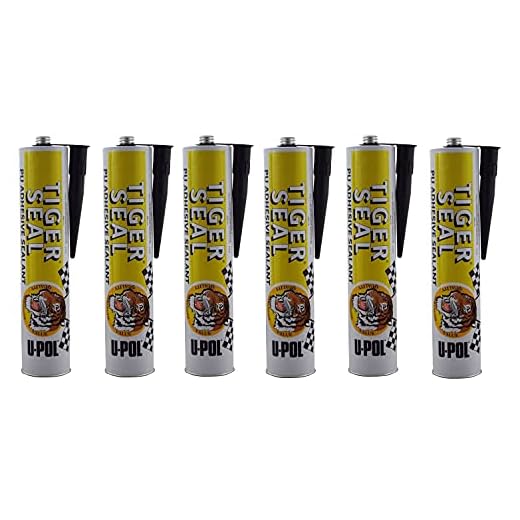
To protect your vehicle’s exterior, maintain a distance of at least 18 inches when using high-pressure cleaning equipment. This buffer helps prevent the aggressive force of water from stripping away protective coatings or causing other forms of degradation to the surface finish.
It’s imperative to choose the right nozzle, typically a wide spray pattern, to disperse water force and minimise the risk of chipping or peeling. A narrow jet concentrates pressure on a single point and can easily lead to damage, especially on delicate surfaces. Always start with the lowest pressure setting and increase gradually if necessary, ensuring that no surface is subjected to excessive force.
Be mindful of the cleaning solution used as well. Certain harsh chemicals can react unfavourably with automotive paints, further complicating the risk of wear. Opt for pH-neutral or automotive-specific detergents designed to clean without causing harm.
Pay close attention to the angle at which the water strikes the vehicle. Direct blasts that hit at a perpendicular angle can inflict more harm compared to a sweeping motion from a slight angle. Aligning the nozzle parallel to the surface allows for a gentler cleaning method, reducing wear and preserving the integrity of the finish.
Understanding Proximity Risks from High-Pressure Cleaning Tools
Maintain a safe distance of at least 1-2 metres from surfaces while using strong cleaning tools. This distance mitigates the possibility of unwanted effects on the surface finish.
Key factors influencing risk include:
- Pressure Settings: Use lower pressure settings for delicate surfaces to prevent erosion or chipping.
- Cleaning Angles: Adjust the nozzle to a wider angle to distribute the force of the stream more effectively.
- Distance Adjustment: Make gradual adjustments to distance during use and observe the surface condition.
In my experience, I’ve noticed that many users underestimate the potential impact. I recommend testing on a small, inconspicuous area first to assess the material’s response.
Also, ensure the cleaning solution used is compatible with the surface type. Aggressive chemicals can exacerbate the effect of high-velocity water streams, leading to unwanted wear.
Regular inspection of the surface after cleaning will help identify any issues early, allowing for timely remedies to enhance longevity.
Understanding Pressure Washer PSI Levels and Their Impact
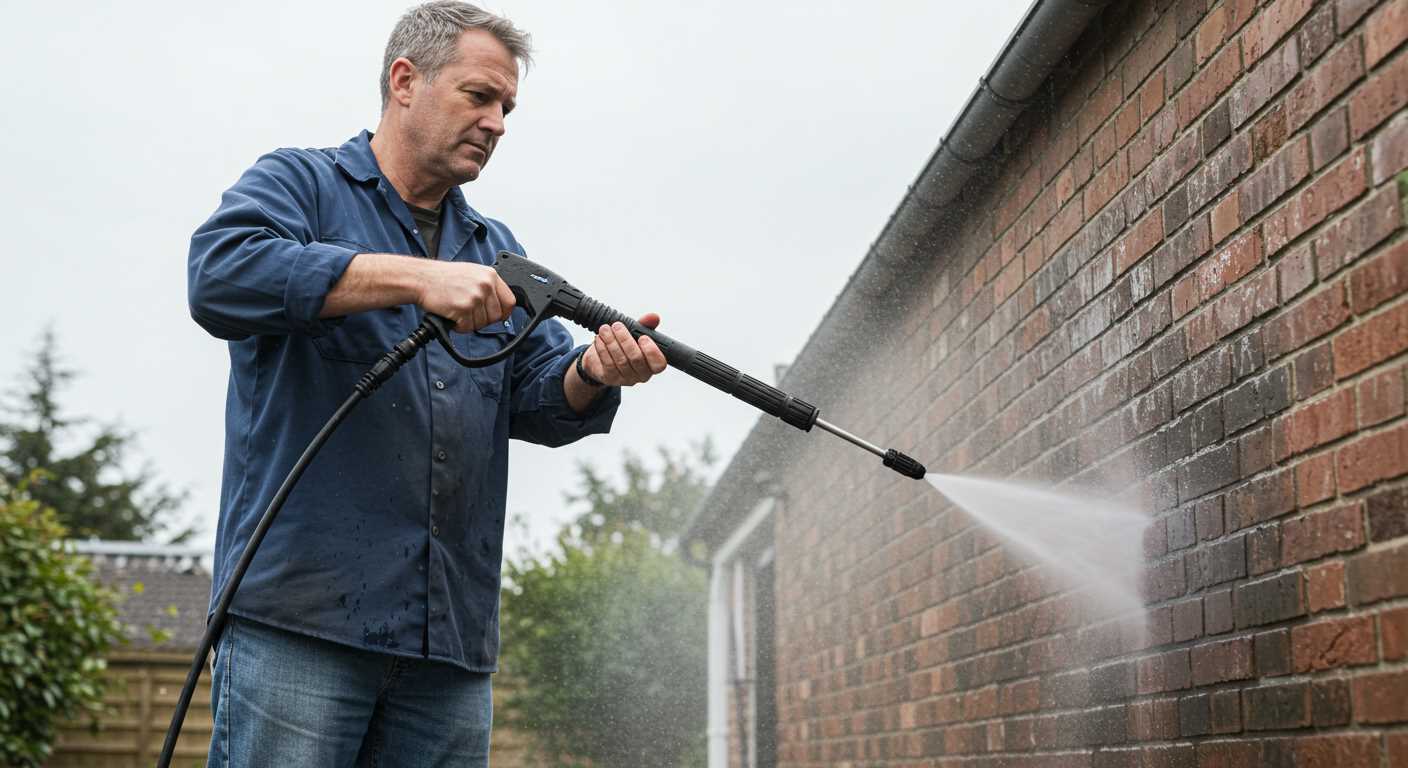
For optimal outcomes, it’s vital to consider the PSI (pounds per square inch) ratings of the cleaning equipment. A PSI of 1200-1900 is generally safe for delicate surfaces, while 2000-3000 is appropriate for moderate cleaning. Ratings exceeding 3000 PSI are primarily intended for heavy-duty tasks and can easily lead to significant issues with vehicle finishes.
For routine maintenance, aim for a device in the lower range. Any setting above 1900 can begin to risk the integrity of softer substances, such as clear coats and decals. It’s advisable to maintain a distance of at least 2 feet from the surface, adjusting the nozzle for a wider spray to mitigate concentrated impacts. Direct, close contact at high PSI generates a high risk of stripping away layers, resulting in lasting marks.
Keep in mind that the type of nozzle also influences the outcome. A 25-degree nozzle provides a gentle wash appropriate for lower PSI levels, while a zero-degree option, though powerful, should be used with utmost caution. Always test in an inconspicuous area before proceeding with the entire surface to gauge potential reactions.
Regularly monitoring and adjusting PSI for specific tasks not only protects your vehicle but ensures a thorough clean without risking permanent effects. Combining the appropriate settings with a soft touch and the right equipment will lead to favourable results without detrimental consequences.
Safe Distances for Cleaning Vehicle Surfaces
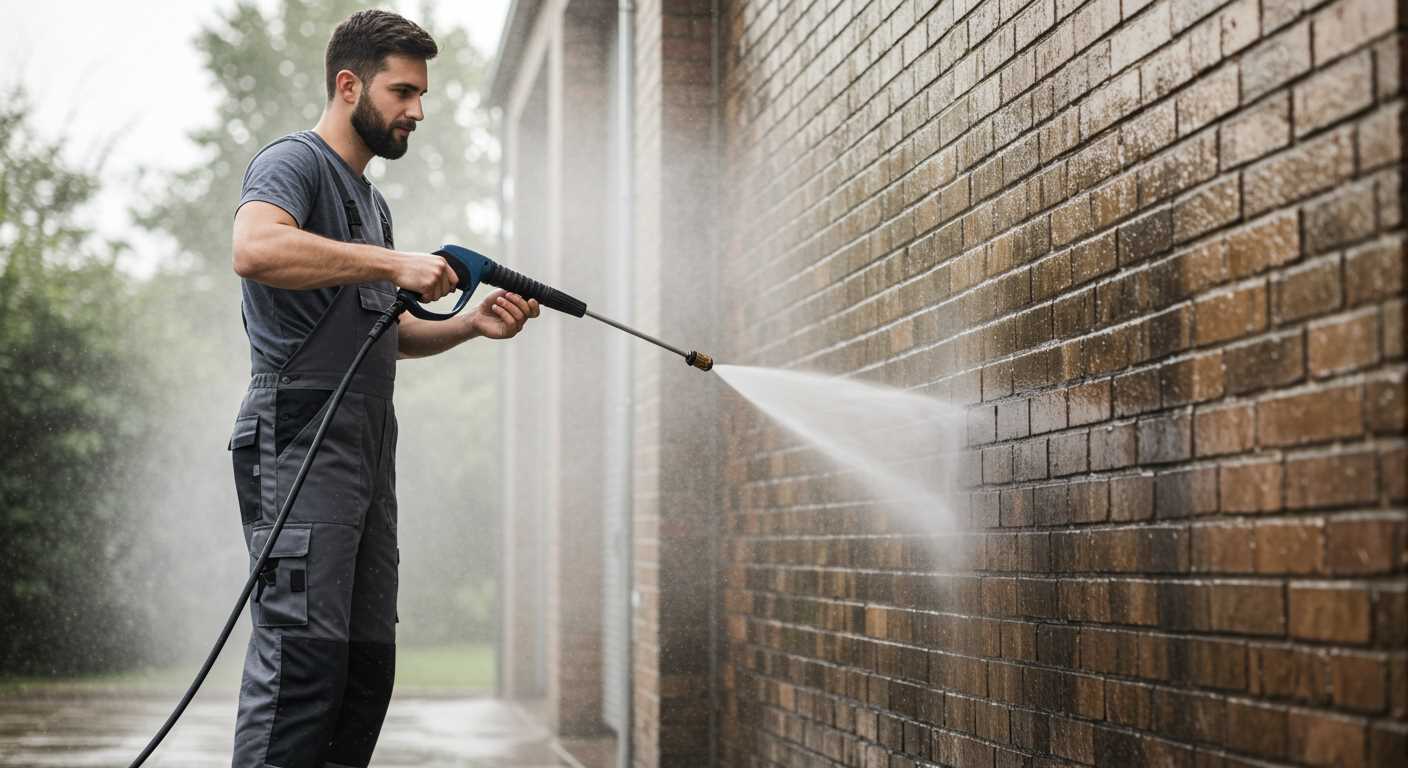
Maintain a distance of at least 18 to 24 inches from the surface while cleaning to minimise risk to the finish. Adjust distance based on the type of nozzle used:
- Wide Fan Nozzle: 24 inches is optimal for gentle cleaning.
- Medium Fan Nozzle: 18 inches is appropriate for moderate grime.
- Narrow Stream Nozzle: Use with caution from 24 to 30 inches to prevent potential harm.
In addition to the distance, consider the following factors:
- Angle of Approach: Keep the nozzle at a 45-degree angle to avoid direct impact on the surface.
- Technique: Move the nozzle steadily to prevent concentrated pressure on any one area.
- Surface Condition: Inspect the vehicle’s exterior; previous damage or wear can require extra caution.
Recognising the specifications of your cleaning device is also critical. A unit with lower PSI, around 1200-1500, is safer for delicate finishes compared to those that exceed 2500 PSI.
Always conduct a test spray on an inconspicuous area before proceeding with the entire job. This simple step can safeguard against unforeseen outcomes.
Comparing Different Nozzle Types and Their Effects on Paint
For optimal protection while cleaning surfaces, it’s crucial to select the correct nozzle type. In my extensive experience, I have found that five standard types each produce distinct effects.
Fan Nozzles
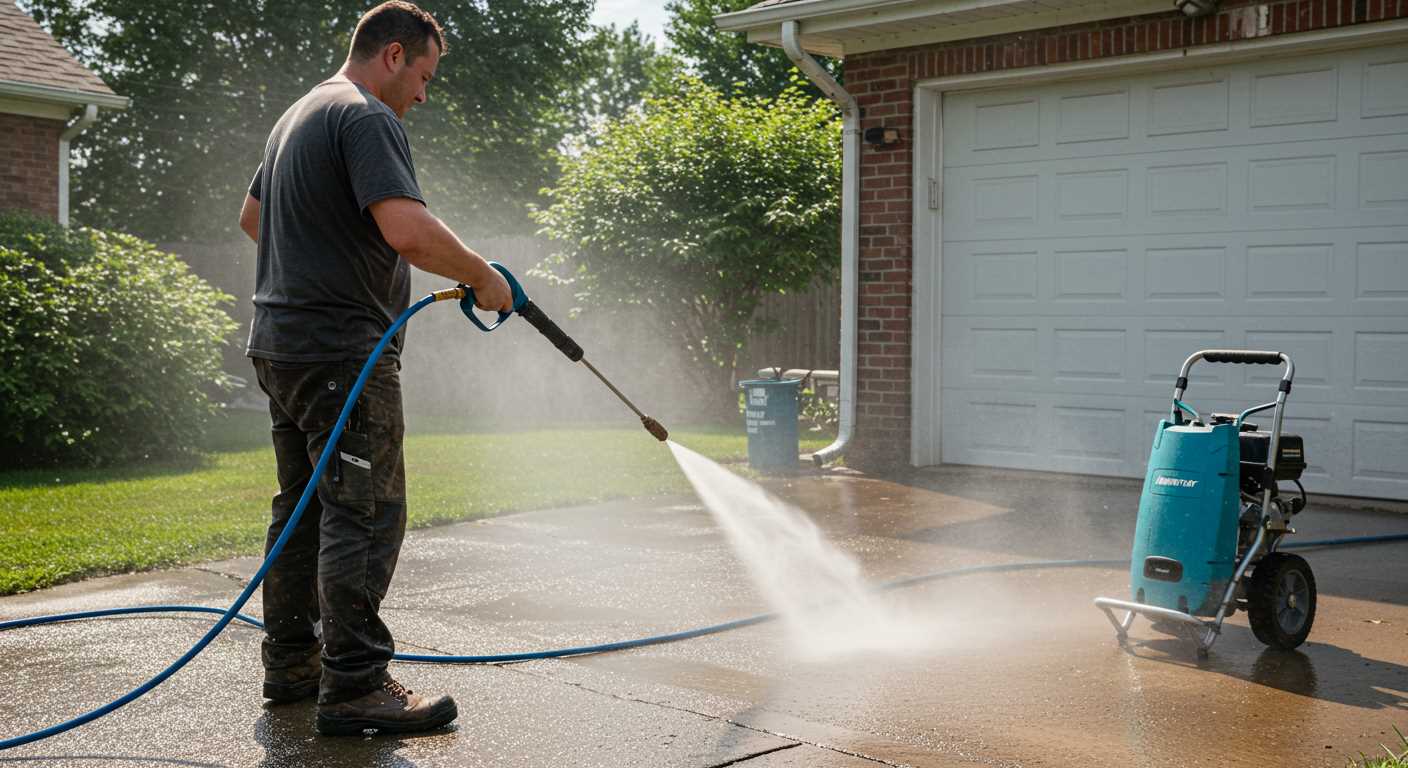
Fan nozzles, typically available in various angles, offer a spray pattern that disperses water over a wider area. I recommend using a 25-degree nozzle for most automotive surfaces, as it strikes a balance between intensity and coverage. The wider spray mitigates the risk of stripping paint while still effectively loosening grime and contaminants.
Rotary Nozzles
These nozzles provide a more powerful, concentrated stream that rotates, increasing surface contact. They work well for stubborn dirt but can be risky on delicate finishes. If you opt for a rotary nozzle, maintain a safe distance and keep it in motion to avoid potential harm to the exterior.
In summary, when selecting a nozzle, consider both the type of dirt and the condition of the surface being cleaned. Each nozzle type offers specific advantages, and understanding these can significantly affect the outcome of your cleaning process.
Identifying Signs of Damage After Pressure Washing
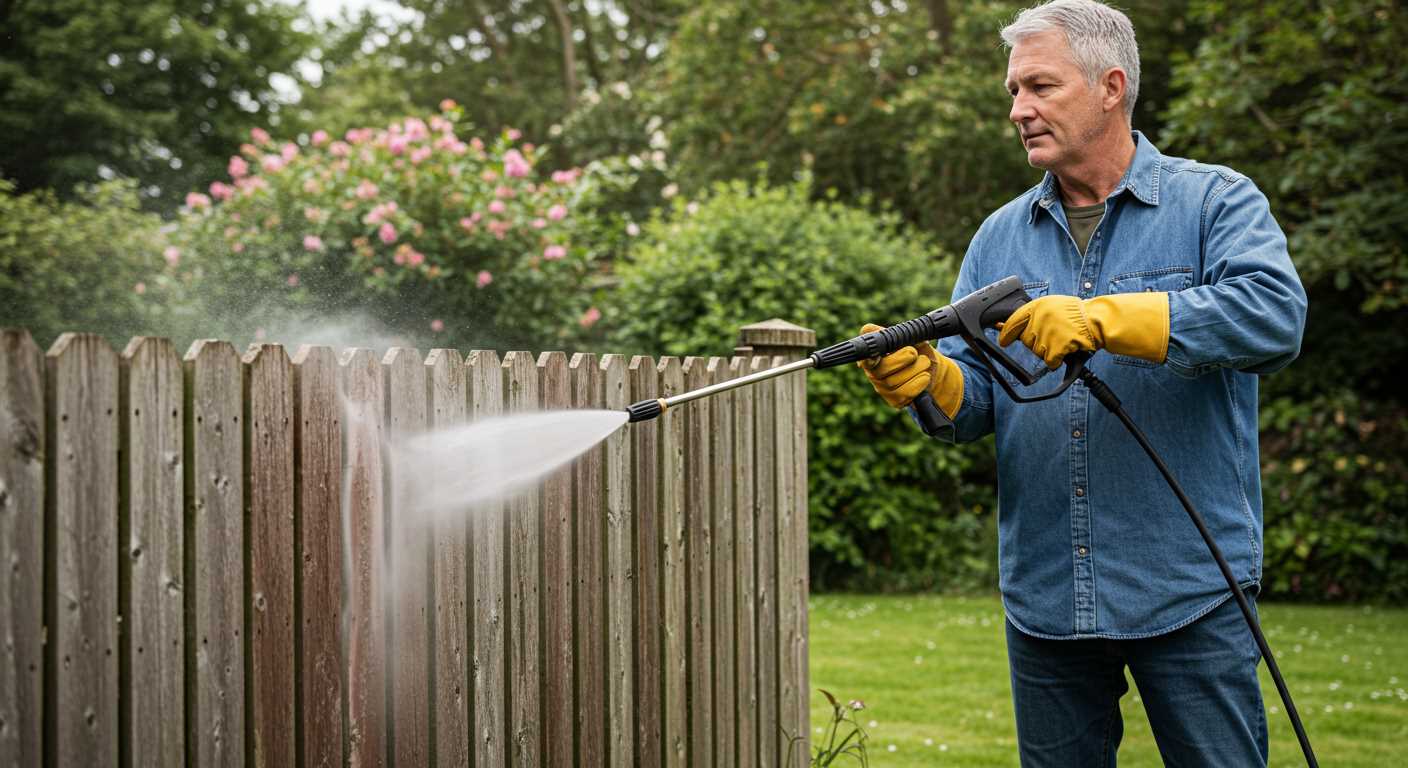
Inspect for swirl marks or gloss loss on the surface, which may indicate clear coat damage. Use a good quality light to examine the finish from different angles; this can reveal scratches or dull patches that could compromise the appearance of the vehicle.
Check for uneven paint texture; if certain areas feel rough or gritty, it may be a sign of underlying issues that need attention. Dents or chips may also become more apparent after a thorough cleaning, particularly in dark-coloured vehicles where flaws stand out.
Look for delamination, where layers of paint begin to separate or peel. This could worsen if not addressed immediately. Any signs of corrosion or rust should prompt immediate measures, as they indicate more significant concerns that can arise from moisture exposure.
Conduct a water test to identify spots where water doesn’t bead. If water pools or sheets rather than forming beads, this may signal that the protective coating has been compromised.
| Sign of Damage | Possible Cause | Recommended Action |
|---|---|---|
| Swirl marks | Clear coat damage | Consider professional detailing |
| Uneven texture | Incorrect cleaning methods | Re-polish surface |
| Delamination | Prolonged moisture exposure | Seek professional repair |
| Corrosion | Water ingress | Treat rust and repaint |
| Poor water beading | Loss of wax or sealant | Reapply protective layer |
Monitor these changes over time. If you notice any deterioration, take corrective action promptly to maintain your vehicle’s aesthetics and longevity.
Preventive Measures to Protect Your Vehicle’s Surface
Applying a high-quality wax or sealant regularly creates a protective layer that guards against scratches and other blemishes. Aim for a product specifically designed for automotive use to ensure compatibility with various finishes.
Always wash your vehicle using the two-bucket method; one for soapy water and the other for rinsing. This minimizes the risk of dirt being transferred back onto the surface, thus preventing potential scuffs during cleaning.
Regular Inspections
.jpg)
Conduct routine checks for any signs of small chips or scratches. Addressing these promptly with touch-up paint will prevent rust and further deterioration of the finish.
Smart Storage Solutions
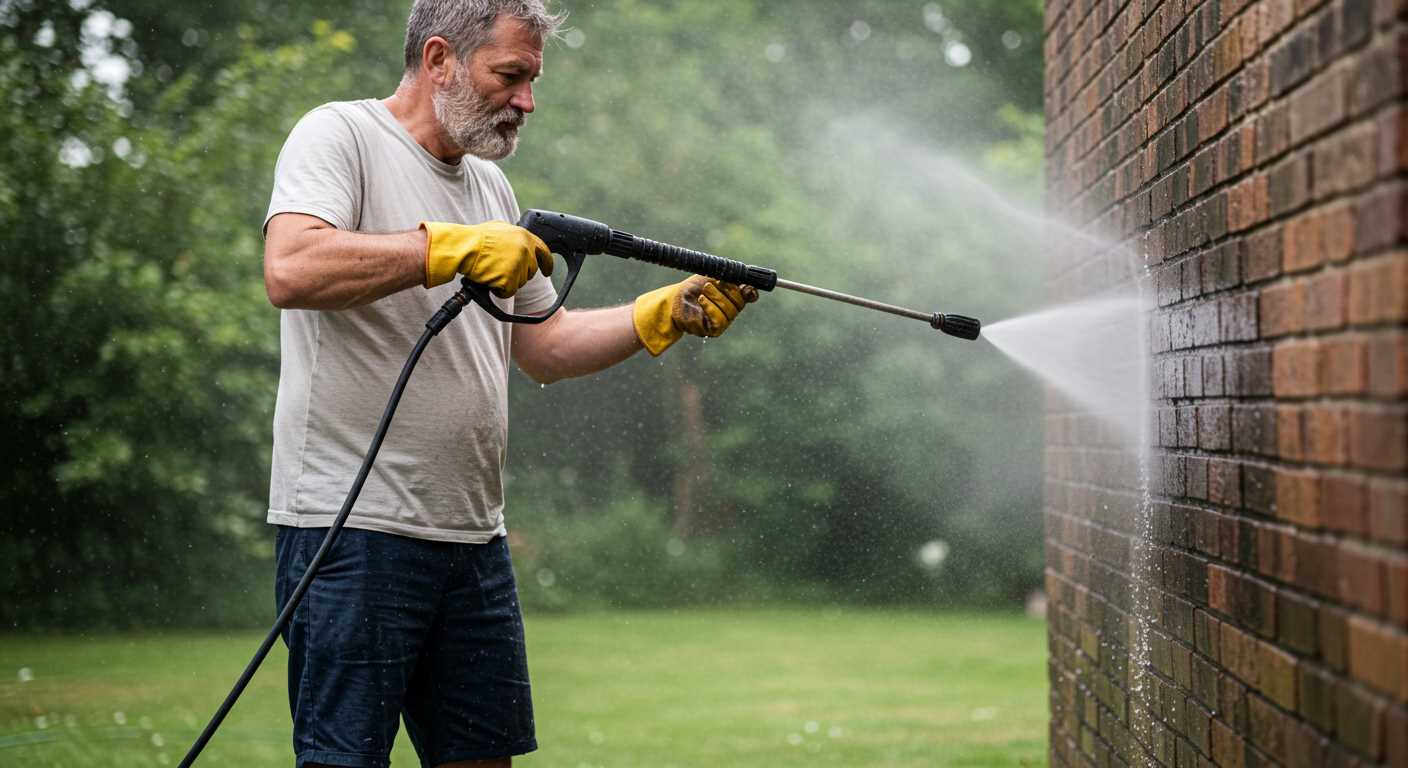
Utilising a quality car cover when your vehicle is not in use shields it from harsh weather, tree sap, and UV rays that can fade and weaken the surface. Park in a garage or shaded area where possible to further protect against the elements.
Repair Options for Paint Damage Caused by High-Pressure Cleaning
If you notice surface issues such as scratches, dullness, or peeling after a vigorous clean, consider these remedial approaches:
1. Polishing: For minor abrasions, using a rotary or dual-action polisher with a fine-grade polish can restore the finish. Apply the product with a soft pad, working in small sections to ensure an even application.
2. Touch-up Paint: Small chips or scratches can be rectified with paint repair kits specific to your vehicle’s colour. Clean the area thoroughly before applying, and use a fine brush or pen for precision.
3. Ceramic Coating: Applying a ceramic coat after correction can help to seal and protect the surface. This requires a cured base, so ensure the original damage is addressed first.
4. Professional Refinishing: For extensive imperfections or if the original clarity is compromised, consulting a body shop may be best. Technicians can offer repainting or buffing services with professional-grade equipment.
5. Regular Maintenance: Post-repair, regular waxing or sealant application can maintain a protective layer, enhancing longevity against future cleaning mishaps.
Implement these action items promptly to prevent further deterioration and maintain your vehicle’s aesthetic appeal.








